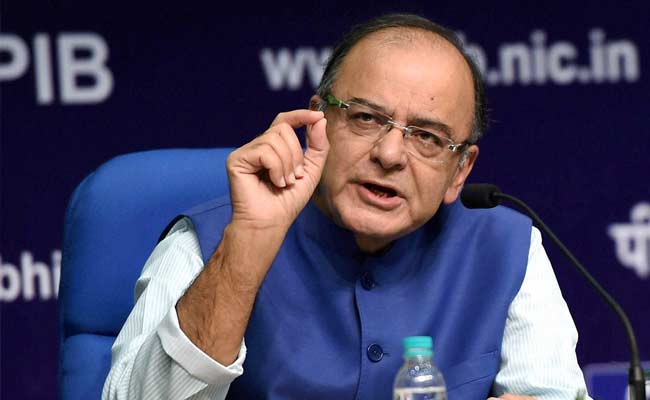The central government has planned to create a ‘backstop facility’ to compensate the states in case of any shortfall during GST collections. The constitution already has had the provision for compensation to the states for 5 years after the implementation of GST. So, the Centre is set to compensate the states till June 2022. But Modi government in order to make GST the best example of cooperative federalism wants the indirect tax reform to succeed without taking a toll in states’ revenues. 15th Finance Commission which has an operational duration of 2020-25 will prepare a blueprint for additional compensation to states. So, the compensation period will extend to June 2025 with three years of additional compensation.
Considering 2016-17 as the base year, Centre will compensate the states in case of any shortfall in GST collection for the next five years with 14 percent of annual growth as per collections that year. Last year, the central government compensated all the states and union territories with a total amount of 48,000 crore rupees. The compensation for this year would be even higher because this time full fiscal year is in consideration instead of 9 months in the last fiscal year. “The full year compensation cess to be paid to states should be Rs 60,000 crore,” said Finance Minister Arun Jaitley.
The central government does not want states to feel a sudden revenue shortfall after the compensation stops. Therefore revenue trends will be analysed and states will be compensated for an additional time period. “We will see what kind of revenue deficit states will have after 2022 and how that can be met. It will be factored in the devolution formula,” said Ramesh Chand, a part-time member of the finance commission and also a member of policy think tank NITI Aayog. “Also, when we visit states, they give us data, including that on GST revenue trends. This aspect will be factored into the commission’s recommendations,” he added.
Many states felt sudden revenue shortfall after the implementation of GST. The industrial states like Maharashtra, Karnataka, and Tamil Nadu witnessed a sharp decrease in total indirect tax collection in the last fiscal year but compensation by the central government coupled with increased Finance Commission grant took care of the state spending. The Fourteenth Finance Commission had increased tax devolution of the divisible pool to states to 42% for years 2015 to 2020. “Constitutional guarantee for compensation of GST revenue losses for the first five years has given states the confidence that the central government does not take their needs for granted. This, along with the finance commission grant, will take care of states’ revenue requirements,” said an official.
The highest revenue shortfall was witnessed in the state of Punjab which agreed to subsume 3 percent cess on farm produce under GST. Tamil Nadu, Maharashtra, Delhi, and Goa also witnessed revenue shortfalls. But at the same time, consumer states like UP, Bihar, West Bengal and northeastern states registered jump in the indirect tax collection. These states are relatively poor and hence increased tax collection will help them to increase capital expenditure and welfare spending. On the other hand, Centre will take care of the states in which revenue witnesses a decline. Therefore, GST is a win-win game for all the states as well as the central government.
